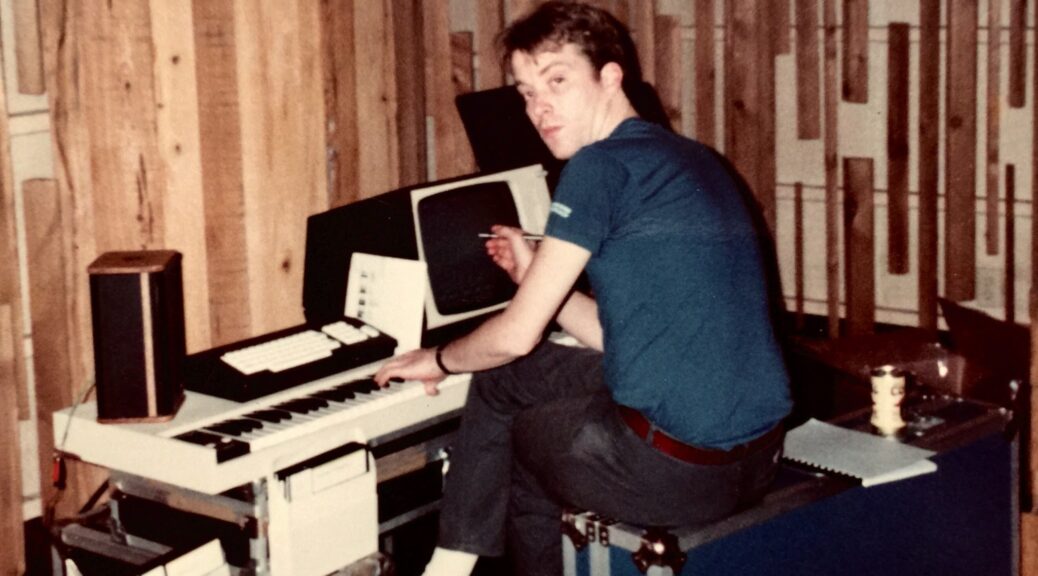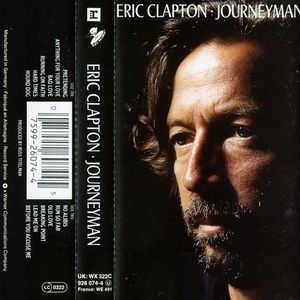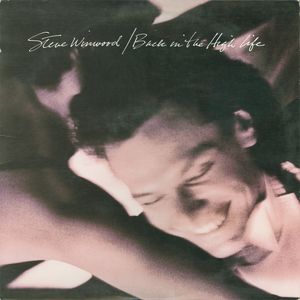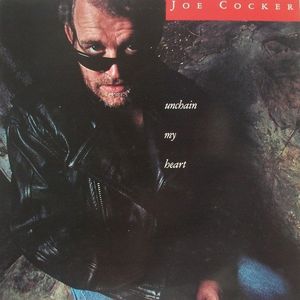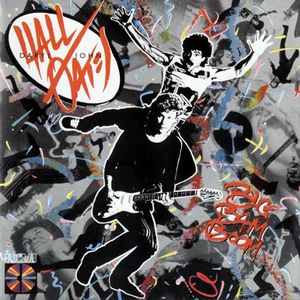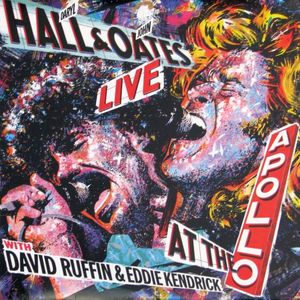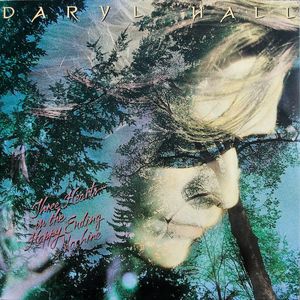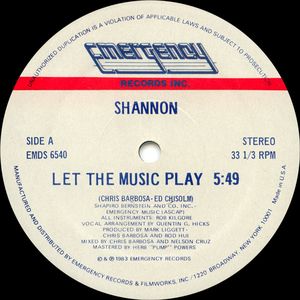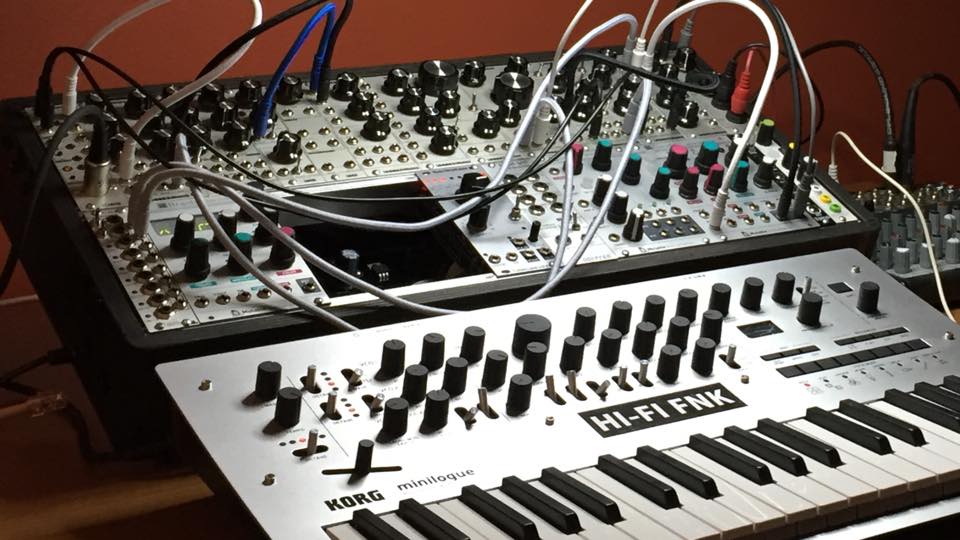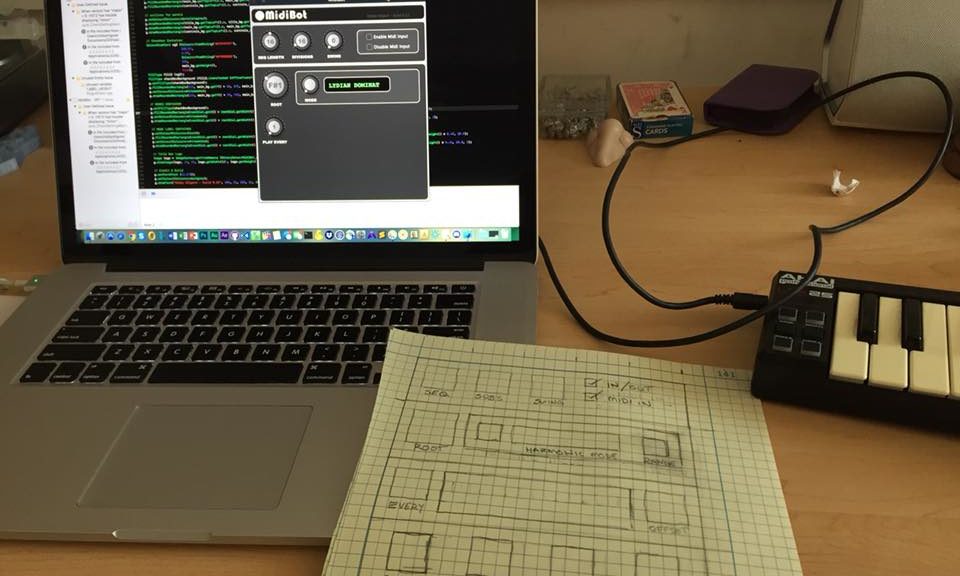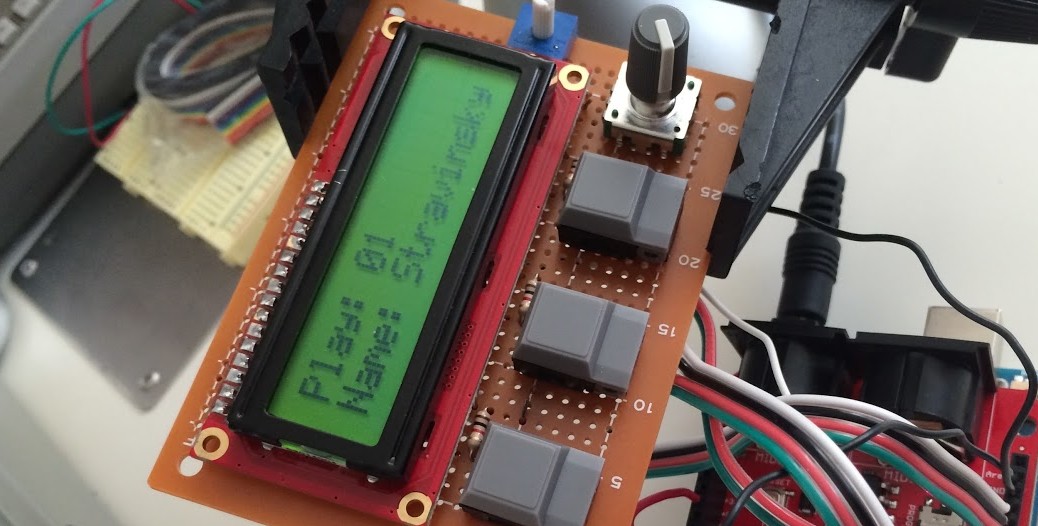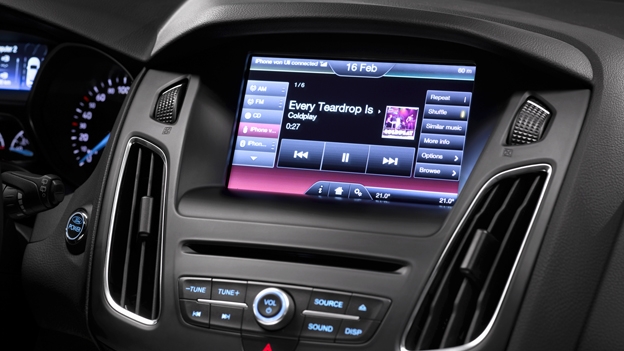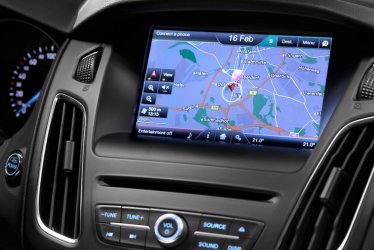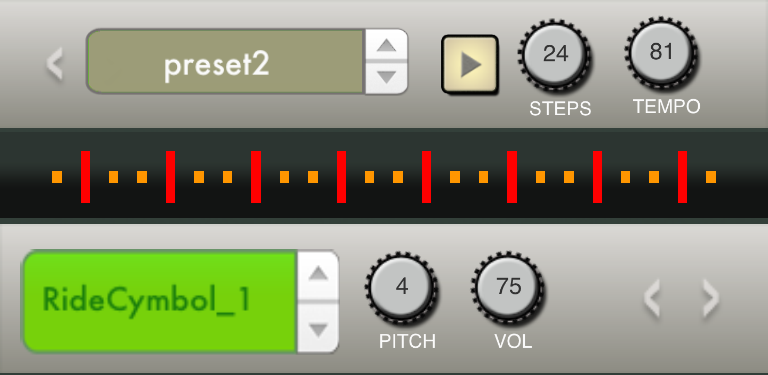For a time, I made a living playing keyboard and programming synthesizers on a lots of the records made in NY, LA, and London. I’d forgotten many of them, but thanks to the inter-tubes they’ve been hoovered up into a nice discography. Here’s a listing of some you’ll remember – others, not so much.
Exploring the Fifths Patch
I love alternate tunings. As a kid, I learned to play folk guitar, and I’d experimented a little with a couple of the more common “open tunings” used for bottleneck blues and such, I didn’t really get into deeply until I started listening to Joni Mitchell. She kind of blew my mind.
Much later as I got more serious about keyboards, and started learning to program synthesizers, I thought: “What if you could do the same thing on keyboard?” Turns out that open-tunings on a keyboard is a thing. And, it’s easy if you have more than one oscillator.
It’s a simple, but deceptively powerful harmonic trick: the “fifths patch”. These are patches where two oscillators are tuned in fifths – or a fourth below which is effectively the same thing. This creates an automatic shadow or parallel harmony that’s surprisingly interesting. For musicians, especially those dabbling in synthesis and MIDI, understanding this can open up a world of harmonic possibilities.
There have been numerous recordings written with fifths patches, which exhibit interesting harmonies and showcase the technique’s compositional power. Two striking examples of fifths patches in the wild are Bruce Woolley’s beautiful opening chords on Grace Jones’s “Slave to the Rhythm” and the complex harmonies in Weather Report’s “River People” from the album “Mr. Gone”. I’ve used them myself on a number of records – most notably the gated chords that provide the rhythmic hook on Shannon’s “Let The Music Play“.
These fifths patches, where oscillators are tuned in perfect intervals, not only create magical harmonies, but also offer a playground for musical exploration.
Play a single note on a keyboard set with a fifths patch, and you get a parallel fifth. Nothing clashes, but there’s nothing particularly interesting yet. But, as I discovered in my years as a session musician, the magic happens when you start exploring other intervals.
For example, if I play C and E, I hear C, E, plus their “synthetic harmony” at G, and B – a beautiful major seventh chord. This logic applies to all two-note intervals except the tritone and the minor second.
Triad Clusters
But why stop there?. Moving to three-note chords, you’ll find yourself crafting lovely six-note clusters. As long as these chords avoid the tricky tritone and minor second intervals, the harmonies you’ll get are nothing short of beautiful.Over time, I’ve learned to appreciate how these patches add inner harmonies and upper extensions to simple voicings.
Experimentation is key
Take, for instance, a simple G triad played over C. This major seventh sonority undergoes a kind of lydian transformation as the B (the major seventh) is shadowed by an F# (the fifth above B), resulting in a C6 add9 +11. The simple rule of thumb is: all intervals work EXCEPT the tritone, and the minor 2nd. It’s these extended harmonies that make fifths patches such a wonderful tool for exploration and composition.
Open voicings and drop 2s work nicely too since they’re built on consonant intervals. It takes a bit of practice to get used to what works and what doesn’t. The main thing is to stick to simple triadic voicings and avoid those tritones. Have fun.
MidiBot, improbable music

Brooklyn – sometime in 2018…
My latest weekend project is a radical upgrade for one of my old iPhone apps. MidiBot is a MidiFX plugin coded using the Juce framework.
What Is It?
MidiBot is a poly-rhythmic pulse generator that probabilistically adds rhythmic and harmonic material as MIDI triggered sequences. It’s basically DrumToy with a ton of extra functionality thrown in.
What Does It Do?
I tend to use MidiBot as a super funky bass player, deep-pocketed percussionist, and ultra-cool practice metronome. But truth be told, I mostly made it ’cause I don’t get to jam with real people much any more. So I coded a workaround.
Continue reading MidiBot, improbable music
Midi Rotator 1.3
Available Now: MidiRotator 1.3
Price: $5.00 USD
“Boure”
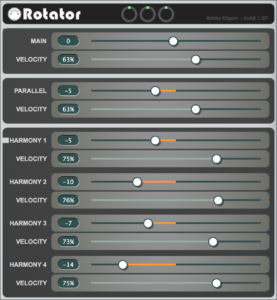
I’ve recently gotten so many requests from people wanting to buy rotators, it just didn’t seem practical to build them myself. So I spent the last month or two working on a port to a MidiFX plugin. I’ve just released a VST and an AU version of the plugin for use in Logic Pro X and MainStage as well as other DAW environments. I’m quite pleased with the UI and it’s proven to be even more flexible than the hardware version.
Here’s a brief example of what it can do harmonically to some simple triads!
This latest version fixes several annoying bugs that plagued the previous free version. I’ve also added some automation capabilities. Lots more features and updates are in the works, so stay tuned, and thanks for your generous support!
Read more about how the MidiRotator came to be.
NYC Ferry – Google Custom Action
A little while ago, I hacked together a custom action for the Google Assistant that would take the publicly available time tables for the NYC Ferry and answer questions about the routes and schedules.
I’ve never released it publicly. So far, I’ve just kept it for personal use as it’s often faster than pulling out my phone, loading the NYC Ferry app and navigating to the right sub-page for schedules. Voice search can be powerful for the right kinds of tasks. If you can simply ask “When’s the next boat from Dumbo to South Williamsburg?” that can flatten a lot of otherwise tedious menus.
Dragon Desktop Assistant
Interactive Audiobook
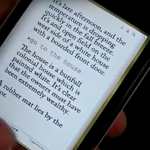
What follows is a short video of the actual working prototype I coded for iOS. The “story” is nothing special, it’s only intended to illustrate the capabilities of the platform – namely the delivery of interactive fiction through complex audio and narration with speech input. Everything you hear in the demo is made up of hundreds of individual sounds being mixed on-the-fly based around what the player/reader does within the story.
Ford Sync 2
Drum Toy
Drum Toy uses an admittedly weird drum machine architecture and concept. You create basic loops using Drum Toy’s Every and Offset knobs, and then feather in the secret ingredient: Probability!
In a way, Drum Toy ‘thinks’ the way drummers do. Find the pocket, lay down the main groove and sprinkle lightly with a few tasty fills or variations here and there to keep things fresh. Drum Toy is set up to force certain beats while leaving others to just the right amount of chance. This simple mechanism yields a surprising array of personality.
Update: Feb 2018
I’ve recently created a Logic/MainStage MidiFX Scripter hack that is really useful as it combines my favorite features from DrumToy & MidiBot!
Redesign of the Midi Rotator Hardware

I’ve created a number of versions of “The Rotator” over the years. This video details one of the first versions that involved creating custom hardware based on the Arduino micro-controller and several parts scavenged from various bits and pieces I had lying around.
Then a couple of years ago while in Japan I made a field trip to “Electric City” in Akihabara where I was able to buy a bunch of electronics parts that allowed me to start work on yet another version.

I wanted to start again with improved hardware and a better layout. I was really excited to find what appeared to be Prophet-V-style gray buttons and some decent push-button rotary encoders. Within a few weeks I was able to get a working breadboard up and running (top left) where I could test the code and work on the software.
Enter the amazing Dennis Alichwer who totally crushed it on laying out a custom circuit board based on my design for the test harness.

The result was the “MB1” (middle left) – which stands for “Midi Box 1” or possibly “Mike Brecker 1” we’re not sure.
Anyway, I have a couple of boxes in use. One is running the latest rotator software, and the other is running an alpha version of a new toy I’m working on called MidiBot.
Update: Feb 2018
I’ve recently gotten so many requests from people wanting to buy rotators, it just didn’t seem practical to build them myself. So I spent the last month or two working on a port to a MidiFX plugin.  I’ve just released a VST and an AU version of the plugin for use in Logic Pro X and MainStage as well as other DAW environments. I’m quite pleased with the UI and it’s proven to be even more flexible than the hardware version in that it can support many more voices and rotations.
I’ve just released a VST and an AU version of the plugin for use in Logic Pro X and MainStage as well as other DAW environments. I’m quite pleased with the UI and it’s proven to be even more flexible than the hardware version in that it can support many more voices and rotations.
Here’s a brief example of what it can do harmonically to some simple triads!
